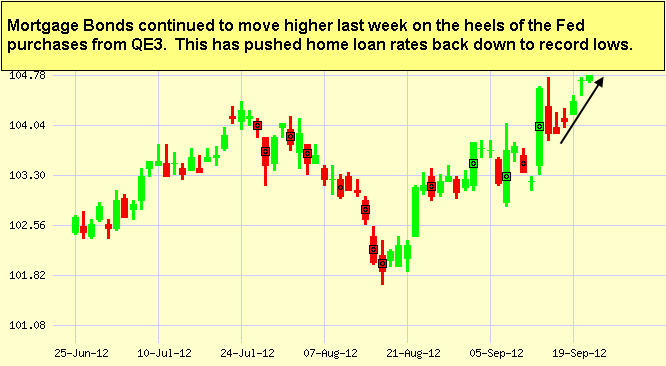| Webcam Tips for Business Webcams have steadily grown in popularity in businesses across the country. More and more companies are embracing the technology as a cost-effective, timesaving way to record videos for a company website or to conduct meetings.
Regardless of how you’re using a webcam in your career, the following information can help you be more successful.
1. Eliminate distractions. When you’re on a webcam, you can be interrupted by the phone ringing, people knocking on your door, and so on. To make sure that doesn’t happen, find a quiet place where you can avoid any distractions.
2. Remove the clutter. A webcam doesn’t just allow people to see you; they can also see into your office. If the background setting looks messy, cluttered, or less than professional, it may taint how you are perceived. So, clean up everything that will be in the background, including those things that are off in the distance. The best advice is to have a clean, simple background setting where only one or two major pieces of office furniture can be seen.
3. Check the lighting. Anyone who’s ever used a webcam realizes that you can sometimes appear pale or tired in an online video. To overcome this problem, you can simply check the lighting. You’ll want the room to be bright, but not so bright that your face is washed out. If you need additional lighting, bring a lamp or two into the room.
4. Maintain eye contact. To make sure you maintain eye contact, look directly at your webcam – rather than another person’s image or a script on your monitor. It may feel awkward at first, but it will appear natural and professional to the person on the other end.
5. Send the right body language. Like in face-to-face communication, your posture and body language are important online. So sit up straight, use simple hand gestures as you talk, and resist the urge to fidget or make a lot of unnecessary movements (like scratching your head or constantly readjusting your seating position).
Following those simple steps can help you be more successful the next time you find yourself sitting across from a webcam at your office. Economic Calendar for the Week of September 17 - September 21
| Date | ET | Economic Report | For | Estimate | Actual | Prior | Impact |
| Mon. September 17 | 08:30 | Empire State Index | Sept | NA |
| -5.9 | HIGH |
| Wed. September 19 | 08:30 | Building Permits | Aug | NA |
| 812K | Moderate |
| Wed. September 19 | 08:30 | Housing Starts | Aug | NA |
| 746K | Moderate |
| Wed. September 19 | 10:00 | Existing Home Sales | Aug | NA |
| 4.47M | Moderate |
| Thu. September 20 | 08:30 | Jobless Claims (Initial) | 9/15 | NA |
| 382K | Moderate |
| Thu. September 20 | 10:00 | Philadelphia Fed Index | Sept | NA |
| -7.1 | HIGH |
|
| 







